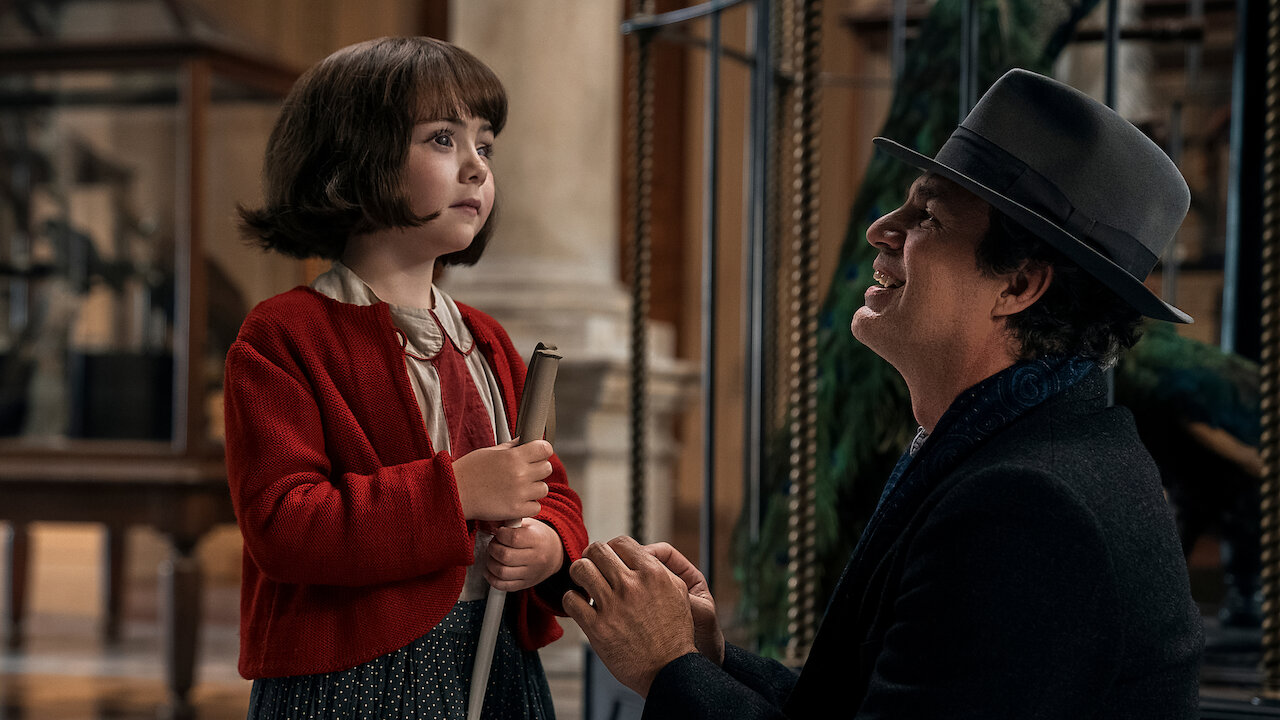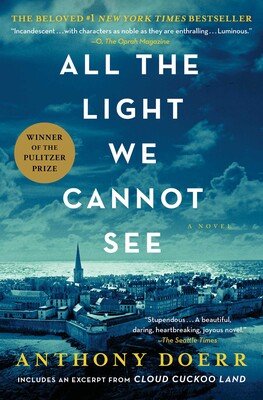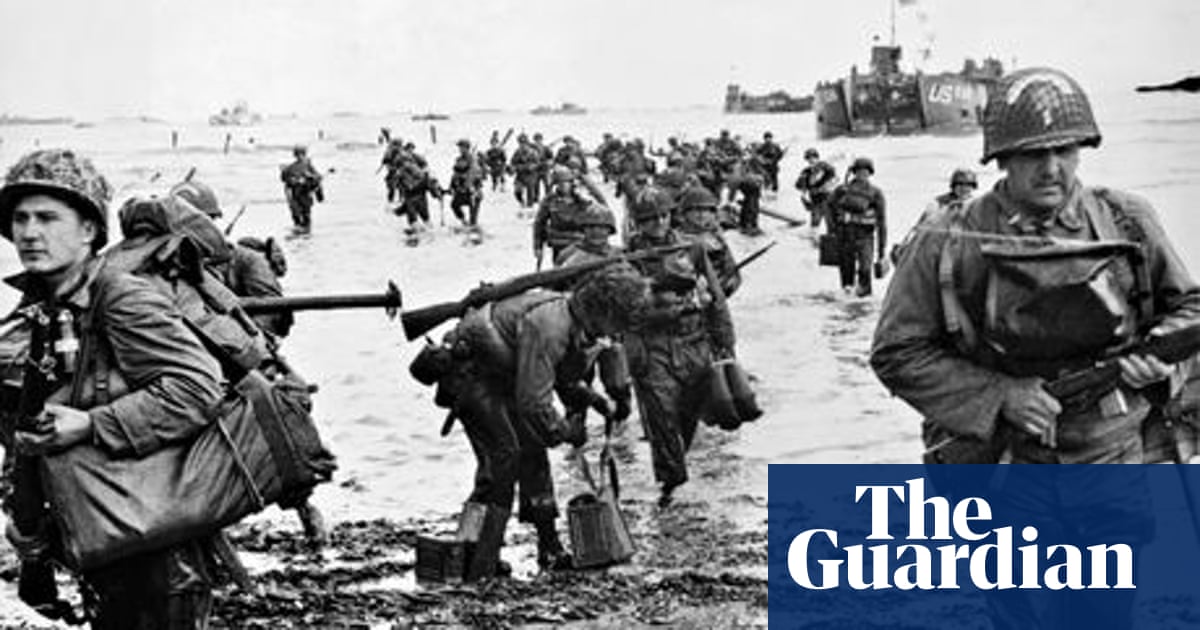All the Light We Cannot See – A Journey of Courage and Hope
Welcome to an exploration of the captivating novel, “All the Light We Cannot See.” In this article, we will delve into the extraordinary world created by Anthony Doerr, examining its powerful themes, complex characters, and thought-provoking questions. Join us on this literary journey as we navigate through the pages of this remarkable piece of historical fiction.
A Tale of Fate and Resilience

The Epigraphic Prelude
Discover how the opening epigraphs set the stage for the profound story that unfolds in “All the Light We Cannot See.” Discuss their significance and the tone they establish for the readers.
The Role of Radio and the Time Period
Explore the major role that radio plays in the narrative and its impact on the characters’ lives during the tumultuous time period of World War II. Compare the influence of the radio back then to the impact of the Internet on society today.
A Narrative of Time and Characters
Examine the unique narrative structure of the book, which moves back and forth in time and between different characters. Reflect on how this non-linear approach affects the reading experience and consider how the story might have differed if it had been presented in chronological order.
Characters and Their Stories
Delve into the lives of Marie-Laure and Werner, the central characters of the novel. Discuss which character’s story resonated with you the most and explore your desire for further insights into specific characters.
The Threads of Hope and Humanity

The Resonance of a Phrase
Analyze the repeated phrase, “All the light we cannot see,” and its connection to the overarching message of the story. Reflect on Madame Manec’s question, “Don’t you want to be alive before you die?”, and its relation to the phrase.
The Depths of Fear
Unravel the significance of Marie-Laure’s realization about fear being akin to a light that turns on its beholder. Explore the universality of this image and its implications. Encourage readers to share their perspectives on fear.
The Frog and Its Symbolism
Revisit Madame Manec’s boiling frog analogy and reflect on its possible meanings. Discuss the interpretation of who the frog represents and the implications of considering oneself as the frog or exempt from its fate.
Acts of Courage and Selflessness
Highlight the various acts of bravery and selflessness displayed by the characters throughout the narrative. Examine the risks they undertake in pursuit of what they believe is right. Encourage readers to identify their favorite moments of courage and discuss which character they admired most.
Blindness: A Different Perspective
Gain insights into blindness through the perspective of Marie-Laure, the blind French girl. Explore how her blindness shapes her perception of the world and consider whether being blind provides her with any unique advantages.
Unanswered Questions and Contemplations

Confronting Life’s Moments
Reflect on Werner’s defining moment of courage when confronting von Rumpel and encourage readers to share their own moments of readiness in the face of significant challenges. Promote contemplation of other characters and their significant moments.
An Enigmatic Key and an Abandoned Treasure
Ponder the significance of Marie-Laure’s decision to give Werner the little iron key and Werner’s choice to abandon the Sea of Flames. Explore potential motivations behind these actions and provoke thought on their deeper meanings.
The Supernatural or Coincidental?
Engage in a discussion about the supernatural nature of the Sea of Flames and its potential role in offering protection or bringing misfortune to Marie-Laure and her loved ones. Encourage readers to share their interpretations.
The Unanswered Questions
Embrace the ambiguity left by the author as we ponder the unknown fate of Captain Nemo and other unanswered questions throughout the story. Prompt readers to reflect on the purpose of these unanswered questions and their potential to inspire wonder.
Understand Jutta’s profound guilt over the crimes committed by her fellow Germans. Encourage readers to explore their own experiences with guilt and consider the complexities of assigning blame on an individual level.
Conclusion

“All the Light We Cannot See” is a masterful work of historical fiction that intertwines the lives of its characters amidst the turmoil of World War II. Anthony Doerr employs evocative prose and intricate storytelling to create a narrative that explores themes of courage, hope, and the resilience of the human spirit. As readers, we are reminded of the power of connection, even in the darkest of times, and the importance of finding light in the face of adversity.
Frequently Asked Questions
1. Is “All the Light We Cannot See” based on a true story?
No, “All the Light We Cannot See” is a work of fiction. However, it is heavily influenced by historical events during World War II.
2. Are there any film adaptations of the novel?
As of now, there is no official film adaptation of “All the Light We Cannot See,” but it has been optioned for potential adaptation in the future.
3. Can you recommend similar novels to “All the Light We Cannot See”?
If you enjoyed “All the Light We Cannot See,” you may also appreciate “The Book Thief” by Markus Zusak and “The Nightingale” by Kristin Hannah.
4. What inspired Anthony Doerr to write this novel?
Anthony Doerr was inspired by his own fascination with radio waves and his love for historical fiction, which led him to explore the themes and characters in “All the Light We Cannot See.”
5. Does the novel have a happy ending?
Without revealing too much, “All the Light We Cannot See” offers a nuanced ending that balances hope and tragedy, leaving readers with a sense of contemplation and reflection.

